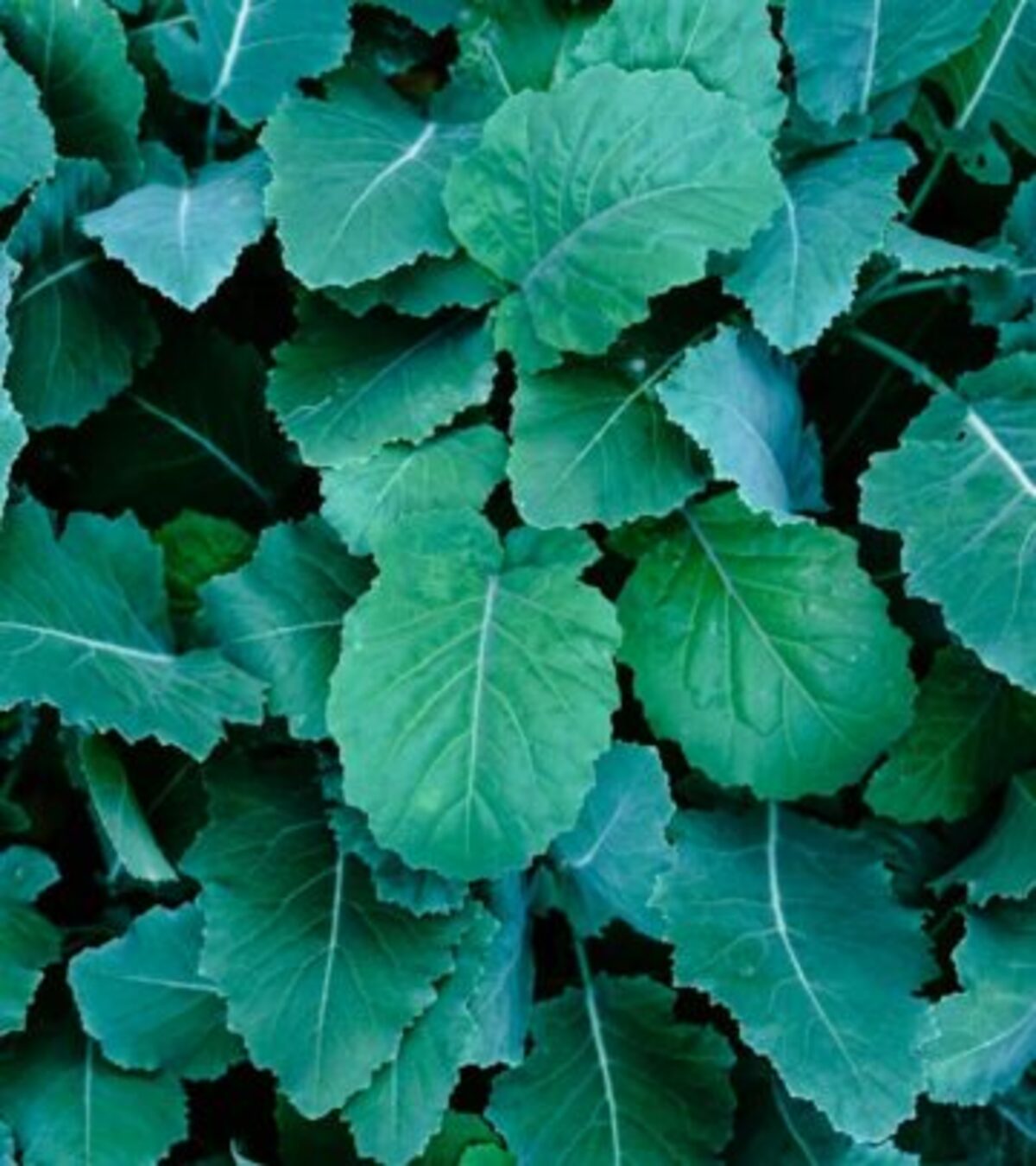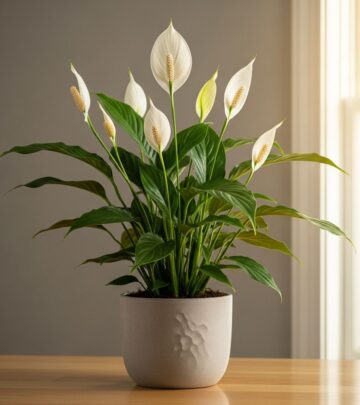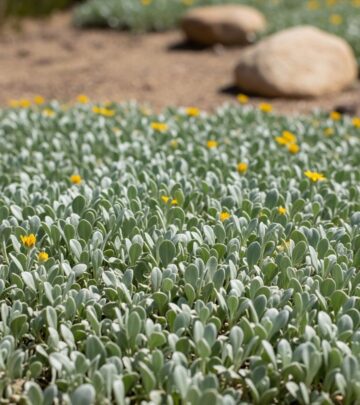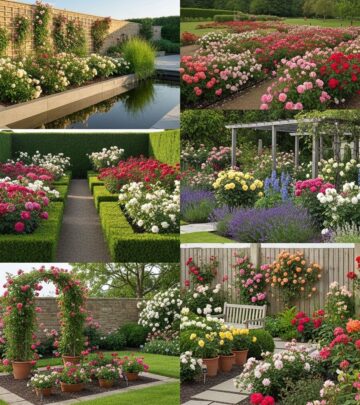Raised Bed Vegetable Gardening: A Comprehensive Guide
Maximize your harvest: Design, build, plant, and maintain thriving raised bed vegetable gardens for abundant homegrown produce.

Raised Bed Vegetable Gardening: Everything You Need to Know
Raised bed vegetable gardening has rapidly become the preferred method for growing abundant produce in backyards of all shapes and sizes. With their neat appearance, ease of access, and superior soil conditions, raised beds offer gardeners—whether beginners or seasoned pros—a more manageable, productive, and beautiful growing environment. This comprehensive guide covers everything from the benefits of raised beds to practical construction tips, recommended crops, layouts, and expert answers to frequently asked questions.
Why Choose Raised Beds?
Raised beds bring a host of advantages over traditional in-ground gardening:
- Better Soil Control: Fill beds with high-quality soil mixes to suit your needs, regardless of native soil issues.
- Improved Drainage: Beds drain efficiently, reducing waterlogging and root rot.
- Extended Growing Season: Soil in beds warms up faster in spring, letting you plant earlier.
- Ease of Access: Beds reduce the need to bend and kneel, making gardening accessible for all ages.
- Fewer Weeds and Pests: Dense planting, clean soil, and defined edges help suppress weeds and deter pests.
- Efficient Use of Space: Intensive planting methods maximize every square foot of space.
Getting Started: Selecting the Perfect Site
Start by choosing an area that receives at least six to eight hours of sunlight a day. Good air circulation and access to water are also important considerations. Avoid low spots that accumulate water, and, if possible, locate beds close to your house for convenience.
Choosing the Right Materials for Your Raised Beds
The type of material you use can influence both the longevity and look of your garden. Popular options include:
- Untreated Wood: Cedar and redwood are naturally rot-resistant and safe for growing edibles.
- Composite Lumber: Made from recycled materials; durable and attractive.
- Metal: Galvanized steel beds are long-lasting and modern-looking.
- Stone or Brick: Durable but require more labor to install.
- Upcycled Materials: Old bricks, logs, or food-safe containers can provide creative solutions.
Aim for a bed height of 6-12 inches, though 18-24 inches offers better accessibility and deeper rooting for certain crops.
Building and Installing Your Raised Bed
Constructing a raised bed is straightforward. Here’s how you can get started:
- Mark your space: Use string or marking paint to outline the bed’s dimensions.
- Assemble the frame: Use screws or bolts to secure corners tightly.
- Prepare the ground: Remove grass or weeds. For extra weed control, lay down cardboard or landscape fabric at the bottom.
- Position and level your bed: Settle your frame and ensure it’s even on all sides.
- Fill with soil mix: Use a blend of compost, topsoil, and organic matter.
Recommended Soil Mix for Raised Beds
- 60% topsoil
- 30% high-quality compost
- 10% soilless amendments (perlite, vermiculite, or coconut coir)
Keep soil fluffy and full of organic matter for strong root growth and moisture retention.
Planning the Layout of Your Raised Bed Vegetable Garden
Popular Raised Bed Sizes
- 4’x4′: Compact and accessible from all sides.
- 4’x8′: Standard for most backyards, balances reach and growing space.
- Custom sizes: Adapt to your available space and needs, but avoid beds wider than 4 feet for easy reach.
Sample 4×8 Raised Bed Planting Plan
Maximize production by combining rows, blocks, and vertical supports:
- 2 rows onions
- 1 row with 2 tomato plants + 1 columnar basil
- 1 row with 3 peppers (such as hot, bell, or snack)
- 1 row kale, spinach, or Swiss chard from seed
- 1 row with 2 bush cucumber plants (patio varieties)
- 2 rows root crops: beets, carrots, or radishes
- Scattered herbs such as curly and flat-leaf parsley
Table: Example Planting Layout for a 4×8 Raised Bed
| Row | Crops |
|---|---|
| 1 | Onions |
| 2 | Onions |
| 3 | Tomato (2), Basil (1) |
| 4 | Pepper (3) |
| 5 | Kale, Spinach, or Swiss Chard |
| 6 | Cucumbers (2) |
| 7 | Carrots or Beets |
| 8 | Carrots or Radishes, Parsley (2 types) |
Succession Planting: Continuous Harvests from One Raised Bed
Take advantage of raised beds’ productivity by practicing succession planting—growing several crops in the same spot at different times of the year. For example, after harvesting spring peas, sow quick-maturing greens or root crops for a fall harvest. Always refresh the soil with compost when replanting mid-season to keep nutrients high.
Best Vegetables, Herbs, and Flowers for Raised Beds
Nearly all vegetables thrive in raised beds, but some are particularly well-suited:
- Leafy greens: Lettuce, spinach, arugula, kale, Swiss chard
- Root vegetables: Carrots, beets, radishes, turnips
- Alliums: Onions, shallots, garlic, leeks
- Nightshades: Tomatoes, peppers, eggplant (with staking or cages)
- Legumes: Peas, beans (provide a trellis for climbing varieties)
- Herbs: Basil, parsley, cilantro, chives, thyme, oregano
- Companion flowers: Marigolds, nasturtiums, pansies, calendula (repel pests and attract pollinators)
- Vining crops: Cucumbers and squash, if space allows for vertical growth
Planting Methods: Square Foot Gardening & Intensive Planting
To get the most from each bed, use intensive planting or the square foot gardening method:
- Square Foot Gardening: Divide the surface into 1-square-foot grids using string or wood slats. Plant according to each crop’s needs—lettuce eight per square, a single tomato per square, etc.
- Intensive Planting: Mix and stagger plants to maximize root space and sunlight, helping shade out weeds and retain soil moisture.
Tips for Success
- Plant crops with similar days to maturity together for smoother succession planting.
- Use vertical supports like cages and trellises to save space and improve airflow.
- Crop rotation: Move plant families yearly to prevent soil-borne diseases.
Watering and Fertilizing Raised Beds
Because raised beds drain better, they may dry out faster than in-ground gardens. Keep soil consistently moist but never soggy. Early morning is the best time to water. As for fertilizing:
- Mix in compost at planting and before mid-season replanting.
- Use a balanced organic fertilizer as needed, especially for heavy feeders like tomatoes and squash.
- Add mulch to retain moisture and suppress weeds.
Maintenance Tips and Troubleshooting
- Weed regularly: Dense planting and mulch help, but hand-pull weeds when they appear.
- Monitor for pests: Inspect plants often and use row covers or hand-pick as needed.
- Refresh soil annually: Top off beds with compost or quality soil mix each year.
- Watch for diseases: Cut back diseased foliage and rotate crops annually.
- Support structures: Check stakes, trellises, or cages for stability throughout the season.
Frequently Asked Questions (FAQs)
What is the ideal size for a raised bed?
Most raised beds are 4 feet wide by 4 or 8 feet long, making all areas accessible without stepping in the bed. Custom sizes are also possible, but aim for a width you can comfortably reach from both sides.
What type of soil should I use?
Use a blend of topsoil, compost, and soilless amendments like perlite or coconut coir for optimal drainage and fertility.
Can I grow perennials in raised beds?
Absolutely. Many gardeners include perennial herbs, asparagus, rhubarb, or strawberries in dedicated raised beds.
How do I keep weeds out of my raised bed?
Start with weed-free soil and lay cardboard or landscape fabric at the bottom before filling. Mulch and dense planting also suppress new weeds.
How deep does a raised bed need to be?
Most vegetables can thrive in 12 inches of soil, though root crops may need up to 18 inches for best results.
Do raised beds need to be replaced?
Wooden beds last 5-20 years depending on material. Metal, stone, and composite beds can outlast wood.
Conclusion: Unlocking the Potential of Your Garden
Raised beds empower you to grow more food in less space, with fewer pests and less toil. Start small, choose your favorite crops, and experiment with layouts. Over time, you will discover the joy and bounty that raised bed gardening brings—turning even compact spaces into thriving edible oases.
References
- https://www.gardenary.com/blog/the-complete-guide-to-raised-beds
- https://savvygardening.com/4×8-raised-bed-vegetable-garden-layout/
- https://www.almanac.com/raised-bed-vegetable-garden-layouts-beginners
- https://www.gardeners.com/how-to/raised-bed-basics/8565.html
- https://fromsoiltosoul.ca/complete-raised-bed-gardening-guide-for-beginners/
Read full bio of Srija Burman












